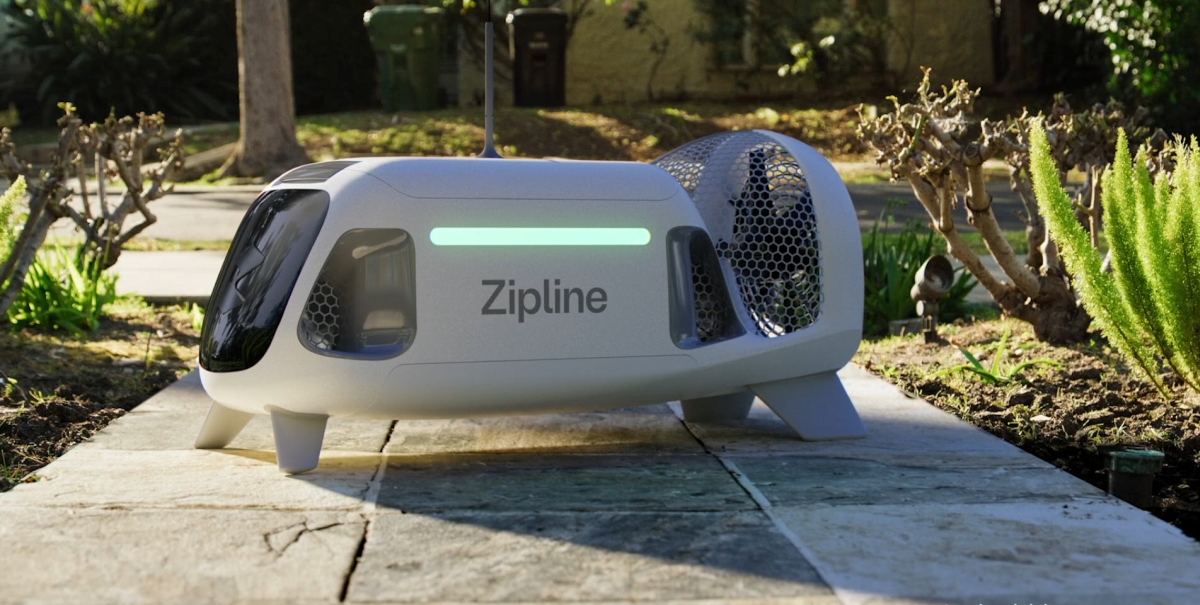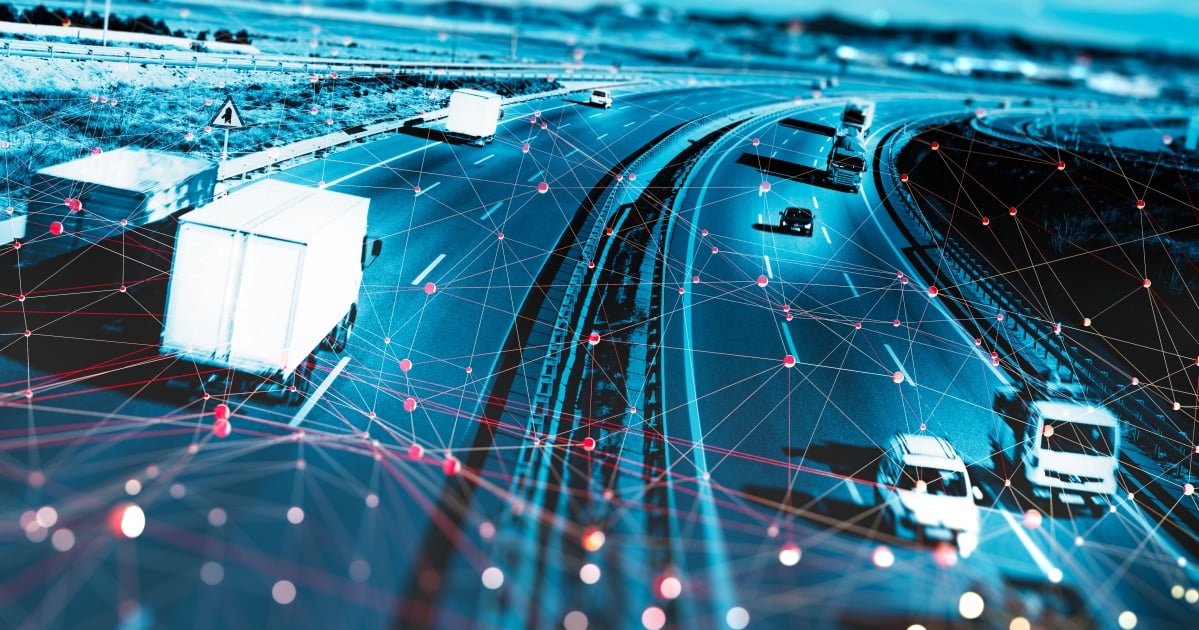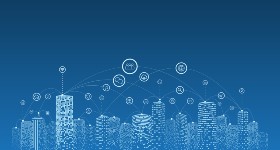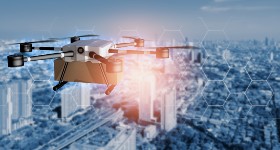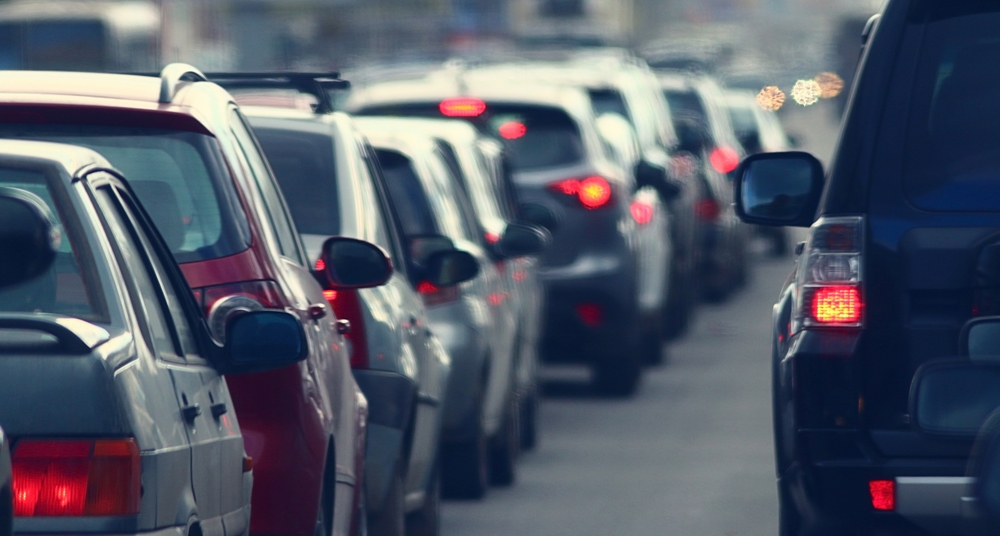
The idea that sensors can try to solve traffic issues is hardly a new one. These sensors are everywhere, and have been around for years. There are sensors that can detect when a car runs a red light, and even take a picture of the license plate. There are sensors designed to detect when a car is sitting at an intersection or waiting to enter a garage. There are even sensors that make sure the streetlights turn on when the appropriate level of darkness has been reached. None of these things scream “smart city,” but they have become a ubiquitous part of everyday life in most cities and towns nonetheless.
In today’s world, though, it’s rare to see a sensor designed with just one thing in mind. Technology has become increasingly an open platform, enabling devices to be loaded with multiple capabilities, increasing their ability to serve multiple functions while also extending their potential lifespans. This has made another IoT device, the IP camera, perhaps the most valuable asset in the ITS/Traffic environment. In many ways, the camera is the ultimate sensor, and as video analytics continues to grow more advanced—particularly as the avalanche of machine learning and deep learning capabilities make their way into the mainstream—these multipurpose sensors are increasingly being deployed to help road systems increase efficiency by addressing everyday problems like traffic congestion.
Applications That Go Far Beyond the Obvious
When you think of cameras on the road, red light cameras likely come to mind first, and that association can make motorists wary of the idea of deploying cameras more widely. But today’s cameras are being used in more complex ways, beyond simply enforcing traffic regulations. Today, cameras are deployed to help city planners improve things like safety, emergency response, and even parking efficiency in a predictive way.
Think about it this way: accident statistics reveal which intersections have the highest collision rates, but that doesn’t necessarily tell the whole story. What about the near misses, for instance? Cameras equipped with computer vision and deep learning are being applied to the traffic environment, where they can not only detect these near misses, but help city officials determine the cause. If there are a ton of near-accidents involving motorists turning right on red at a certain intersection, that can help city officials determine that a “no right on red” ordinance is needed.
These cameras can generate significant reporting over time, providing city officials with a considerable amount of integration to draw from—and this information can be used in ways that might not always be obvious. For instance, traffic accidents don’t just impact the vehicles involved—they impact first responders, tow truck companies, even the families of those involved. Giving decision makers the information they need to better organize their emergency response teams doesn’t just help improve traffic—it can actually save lives. Understanding where and when additional ambulances, personnel, and other resources are most likely to be needed can prove invaluable.
Even the mundane can be impacted by today’s camera and sensor technology, and things like more efficient parking can have a greater impact than you might think. Imagine an app connected to cameras capable of detecting where the nearest available parking space is. Even something as simple as knowing where to park can take countless cars off the road as motorists who would otherwise have been forced to circle the block can instead proceed directly to their destination. Removing those distracted drivers from the road can have an outsized impact on traffic efficiency and driver happiness.
Looking to the Future
Thanks to the advent of machine learning and computer vision, today’s IP cameras are no longer simply augmenting other sensors—in many cases, they are taking on the functionality of other IoT sensors themselves. Modern cameras are able to capture more than just visual data, while neural networks armed with deep learning capabilities can analyze what is actually happening. In addition, the processing power of IP cameras will continue to evolve, and we will continue to see more GPU power in these cameras.
This is the direction in which the world is moving in an accelerated way. As recently as a couple of years ago, much of this technology simply wasn’t commercially available, and was being driven by researchers at our top computer and behavioral science universities. But things are changing quickly, and as the camera continues to become the ultimate sensor, the potential applications for forward-thinking cities are only growing in value and importance.
Edited by
Ken Briodagh

